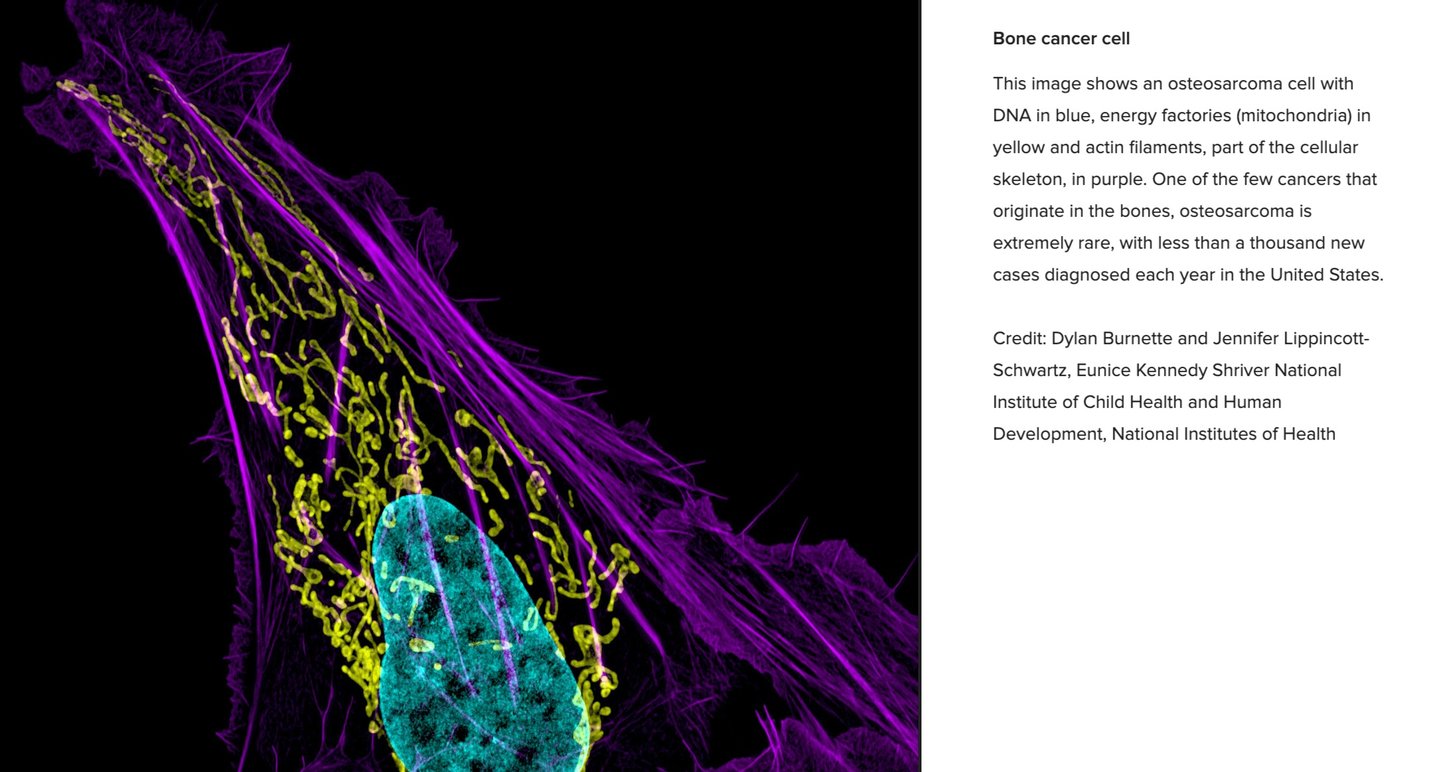The State of the Art in Cancer Research (As of July 2025)


Summary
Cancer treatment is undergoing a huge transformation toward highly personalized, adaptive approaches. These are enhanced by continuous adjustment based on real-time data from liquid biopsies analyzed by artificial intelligence. This is nothing short of a revolution in treatment, though currently offered by very few cancer treatment and research centers.
Methodology
AI was used in the creation of this report. First, it was used to summarize the hundreds of thousands of pages of NIH data on clinical trials, JAMA and other medical journal articles, university research papers and internet articles on the latest emerging medical science in cancer medicine. That generated 124 pages of summary and took about two hours. Several AI platforms were accessed– Gemini, ChatGPT, Perplexity, Claude, Grok, DeepSeek. Of particular value, Gemini Deep Research (because it seems to be generating the most comprehensive results when it comes to medical science, and Grok (for its ability to scan Twitter/X).
AI then was used to summarize all of that in non-technical language. That took about two minutes and generated fourteen pages of results. Important details were then added by hand from the 124 pages of comprehensive reports.
From this, a two-page condensed version was prepared and a PDF of the longer fourteen-page summary report. The two-page condensed version is below; the more detailed PDF can be accessed here.
Three treatment protocols in particular are dramatically improving the effectiveness of cancer treatment:
1. Precision Targeting
Specific changes (mutations) in a patient's tumor cells are identified using detailed genetic tests. Then, therapies are chosen or designed to target the features unique to that specific cancer.
2. Immunological Innovations
Cancer vaccines aim to "teach" or "boost" the immune system to recognize cancer cells as foreign and attack them, similar to how conventional vaccines protect against infectious diseases. There are preventive vaccines (like the HPV vaccine, which prevents cancers caused by viruses) and therapeutic vaccines which treat existing cancers.
CAR-T and CAR-NK Cell Therapies: These "living drugs" involve taking a patient's immune cells (T-cells or Natural Killer cells), genetically modifying them in the lab to recognize and attack cancer cells, and then putting them back into the patient. CAR-T cells precisely target specific antigens found on cancer cells, minimizing harm to healthy cells.
3. Oncolytic Virus Therapy:
Oncolytic viruses (OVs) are genetically engineered viruses designed to selectively infect, replicate within, and destroy cancer cells while leaving healthy cells unharmed. OVs kill cancer cells directly by making them burst. This bursting then releases bits of the tumor, which acts as an alarm for the body's immune system. This triggers a broader immune response against the cancer, even in areas not directly treated by the virus.
Combination Potential: OVs are powerful when combined with immunotherapies. For example, a modified herpes virus (RP1) combined with an immune checkpoint inhibitor (nivolumab) has shown promising results in advanced melanoma, with tumors shrinking even in areas not directly injected with the virus.
Artificial Intelligence In Combination With Liquid Biopsies
Applications range from aiding in patient diagnosis and prognosis to revolutionizing end-to-end drug discovery and development. The interpretation of vast genomic datasets, comprising billions of data points, is a task that far exceeds human capacity for analysis. AI excels in this area.
AI analyzes medical images (X-rays, CT, MRI) and pathology slides to detect cancer with high accuracy, and can spot subtle signs missed by humans. Recent studies indicate that AI-generated diagnosis based on x-rays, CT scans and MRI is now 93%, significantly higher than that of either human radiologists, and even significantly outperforming radiologists combined with AI.
Liquid Biopsies: These tests analyze cancer-related markers found in bodily fluids, most commonly blood. The advent of liquid biopsies represents a paradigm shift in cancer diagnostics.
Liquid Biopsies in Combination With AI: A significant challenge, especially in early-stage cancers, is the minimal presence of tumor-derived biomarkers. AI, through its ability to analyze vast datasets, uses liquid biopsies detect cancer at earlier stages. Cancer treatments are continuously adjusted based on real-time data from liquid biopsies analyzed by artificial intelligence.
Despite compelling evidence of their clinical utility, liquid biopsies are not yet routinely or widely used. There are thirteen major hospitals and perhaps another six research centers, mostly major universities, at the forefront of utilizing these new treatment regimens. It is important to know, in choosing a cancer treatment center, whether or not liquid biopsies are included in their routine treatment protocols. It may be important to your recovery, and it is also indicative of the overall technological sophistication of the facility.
I do anything I can to assist with a client’s participation in the most promising therapies.
The more detailed PDF of this report can be accessed here.
These posts are published weekly on Substack. Subscribe or learn more here.
Be in touch if you'd like to talk.
(843) 284-6850 (Office)
(843) 802-0183 (Mobile)
rod@emergingcures.org
17 Executive Park Road, Office 4B
Hilton Head Island, SC 29928
(Small office complex between the fire station and
Stellini's Restaurant)
